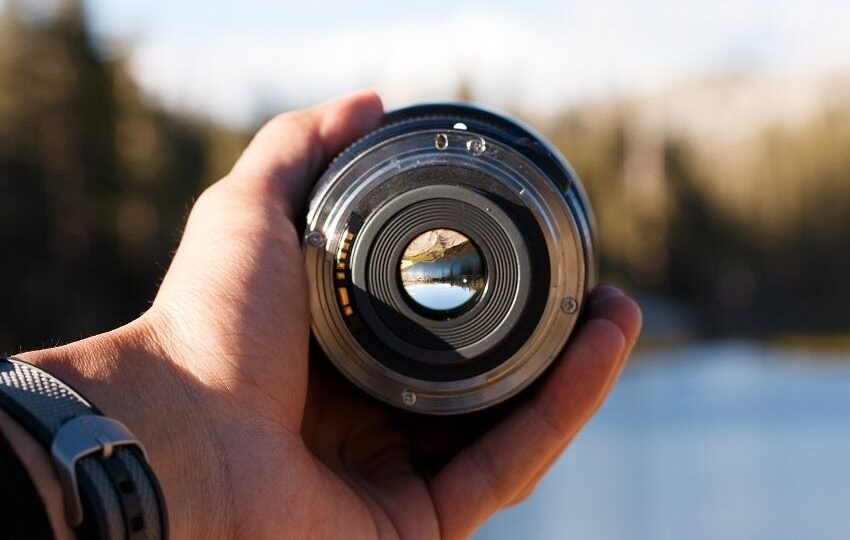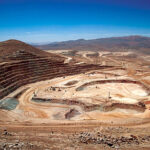To become a professional photographer, you must understand the main functions of photography. There are three functions of photography, i.e. aperture, shutter speed, and ISO. An aperture is one of the essential functions of photography. For the beginner, this seems impossible to learn, but don’t worry in this article, I’m going to take you through all the ins and outs of aperture that help you take your photos to the highest level!
What is Aperture?
Aperture can be referred to as the opening of a lens through which light passes to the camera system.
The easiest way to understand the concept of aperture is to think about how your eyes work. The iris controls the size of your pupil. The iris in your eyes either shrinks or expands the pupil as you move between bright and dark environments. In photography, an aperture is the pupil of your lens. Depending on your goal and environment, you can shrink or enlarge the size of the aperture to allow more or less light. Larger apertures allow more light and make your image brighter. Smaller apertures allow less light and cause your image to appear darker.
What Are F-Stop and F-Number?
Aperture can be measure as a number is known as “f-number” or “f-stop” with the letter “f” that is appearing before the number, like this: f/2.8, f/4, f/5.6, f/8, f/22, etc. “f-number” or “f-stop” is a way of describing the size of the aperture for a selected photo. Most likely, you also have noticed the aperture f-stop on your camera before. The camera shows you the aperture will look something like this: f/2, f/3.5, f/8, and so on. Some cameras don’t use the slash write f-stops like this: f2, f3.5, f8, and so on. But it doesn’t matter.
“Lower f/stops represent the larger apertures and give more exposure while the higher f/stops represent smaller apertures and give less exposure. As f-number increases, the size of aperture decreases.”
- How aperture affects exposure?
Remember what I said above in this article? By large the aperture, you let in more light, which if you are photographing a forest and your photos keep turning out dark and shadowy, you need to use the large aperture to brighten up the image. And by small the aperture, you let in less light, which darkens your photo.
For a night shoot, you will probably want to select a large aperture to capture as much light as possible which brightens your photo. Like if you are photographing a forest and your photos keep turning out dark. To brighten up the image, you need to use a large aperture.
For a Day shoot, you will probably want to select a small aperture to capture as little light as possible which darkens down your photo. Like if you’re photographing a beautiful sunset and your photos keep turning out too bright. To darken down your image, you need to use a small aperture.
As I mentioned, an aperture is one of the essential variables of photography. But it isn’t the only variable that affects exposure, the other two variables are shutter speed and ISO also affects exposure. To brighten a photo, you can lower the shutter speed or boost the ISO. While for darkening a photo you can increase the shutter speed or drop the ISO. These three variables of photography work together to give you a well-exposed image.
How aperture affects depth of field?
Aperture also affects the depth of field that helps you to know how much of the image is blurred out and how much is sharp. Depth of field is the amount of your photograph that appears sharp from back to front. The background is completely out of focus when images have a thin or shallow depth of field. Both the foreground and background are sharp when images have a large or deep depth of field.
For a blurrier background, you need to use less depth of field. For a sharper background, you need to use a great depth of field.
The choice of aperture played an important role in the depth of field. A small aperture results in a small amount of background blur, which is typically ideal for some types of photography like landscape and architecture. In landscape photography, you need to use a small aperture to ensure that both your background and foreground are as sharp as possible from front to back. A large aperture results in a large amount of both background and foreground blur. It is often used for portraits, and for general photos of objects where you want to divide the subject. Generally, you’ll frame your subject with foreground objects, which can additionally look blurred relative to that subject.
What does aperture do to photos?
Aperture matters in many different areas of photography and affects your photographs. Here I will explain a couple of effects of aperture, such as;
- The brightness of your photo
- Sharpness
- The focus shift on some lenses
- Depth of field
- Control amount of light from a flash
- Quality of background
- Starburst effects
- Diffraction
How to Pick the Right Aperture?
Before choosing the aperture, you should keep in mind your goal and the environment. Aperture is the single main function of photography that makes your photo wonderful as well as cheap.
Aperture for Portraits;
For a classic Portrait, you should use large apertures like f/1.4 or f/2 and separate your subject from the foreground and background. Large aperture helps direct the viewer’s attention to the subject and it is quite popular in portrait photography.
Aperture for Landscape Photography;
For landscape photography, you have to achieve the maximum depth of field by choosing a small aperture like f/8 and f/11. It is helpful to get both the foreground and the background elements in focus at the same time.
Aperture for Intermediate Depth of Field;
Sometimes I need to use a more intermediate level of depth of field, limiting the focus to a specific range of distances. For intermediate depth of field, you should choose a mid-range f/stop like f/5.6, and shoot a test frame.








